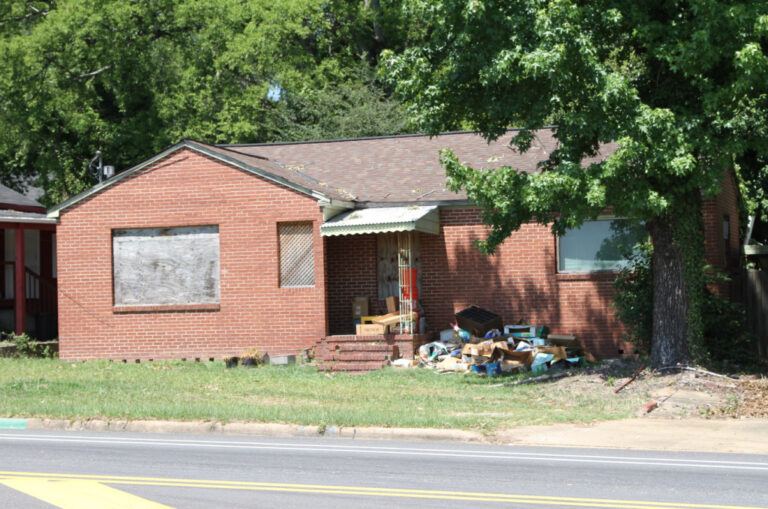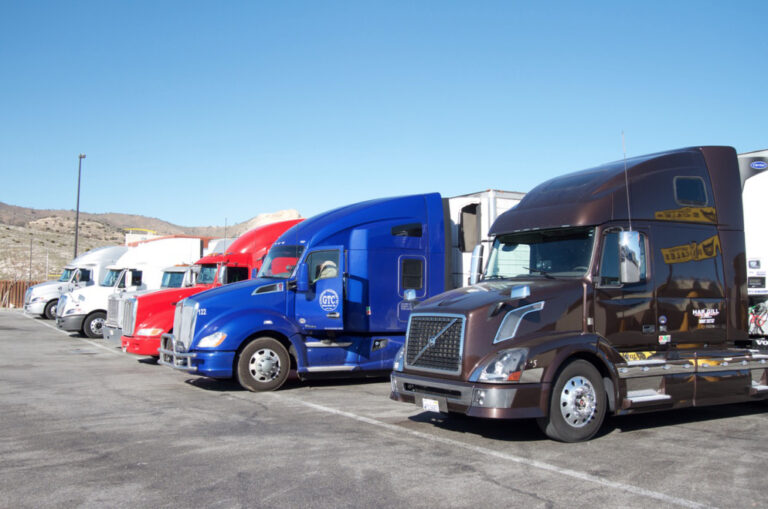Physical Address
304 North Cardinal St.
Dorchester Center, MA 02124
Physical Address
304 North Cardinal St.
Dorchester Center, MA 02124

I keep up with the reports and journalists proclaiming that America’s suburbs are thriving and will continue to do so forever. Yet I keep scratching my head since these depictions are in conflict with what I keep seeing on the ground as I travel around the country. The folks who declare the permanent triumph of suburbia must live in the prosperous enclaves near the lake and golf course, not the poorly aging subdivisions that are rapidly losing value and becoming reservoirs for the downwardly mobile former middle class. There’s absolutely nothing wrong with any of these homes, but here they are boarded up as the entire neighborhood slowly slides into decline. If the 1950’s subdivisions are looking dogeared you should check out the older neighborhoods from the early twentieth century. They’ve been neglected even longer and the collective deferred maintenance shows. I checked the real estate listings in this Georgia town and many of these homes can be bought for as little as $20,000. The average price seems to be closer to $40,000 or $50,000. Here’s one of the problems. This town has enjoyed a suburban building boom for the last few decades. These new homes are part of one of the better new communities being built on the far edge of town. These are desirable places to live and people who can afford to move here do so. Homes here are offered for between $350,000 and $500,000. But this region has a steady population. The number of people in the area has been increasing very slowly even as the number of new homes and commercial buildings continues to ramp up at a heady pace. There’s a direct connection between the impoverishment of the empty homes in the older parts of town and these new developments way out on the […]

I filmed this video about Whisper Farms in suburban Pasadena, California. It’s an ordinary home that’s been pressed in to service as a for-profit market garden. My friend Kirsten Dirksen was kind enough to edit it in conjunction with her website www.faircompanies.com This sort of small scale local food production is generally ignored or labelled as irrelevant. It isn’t “agriculture.” It isn’t…. anything. It’s just eccentric hobbyists who like to play farmer. But I disagree. When we look at the challenges of feeding more people with fewer resources, this kind of distributed hyper-local production makes tremendous sense. Most North Americans live in suburbs. Most suburbs have substantial amounts of sunny land right next to where people live. There’s already water being used to grow ornamental landscapes. Lawns are the largest single crop in the country. Growing food instead makes sense, particularly if different people specialize in different crops. Producing food in this manner eliminates the costs associated with transporting food from remote farms to population centers. Cities themselves are a rich source of waste materials that can be turned to organic feedstocks for agricultural production and soil amendments. Provisional labor is abundant. So are local paying customers. No one is suggesting that a California mortgage can be paid by selling lettuce at the farmers market. But most “real” farms are dependent on non-farm income from a family member who works in town as well. Suburban market gardens aren’t much different. This is one piece of a larger set of responses to how to work around concentrated industrial agribusiness. [Originally published on the blog Granola Shotgun]
Hovering somewhere just beyond all the land use zoning regulations, building codes, finance mechanisms, aspirational comprehensive municipal plans, state mandates, and endless NIMBYism lies… reality. If you happen to want to live in certain parts of coastal California you need to come to grips with a serious supply and demand imbalance. Demand is endless. Supply is highly constrained. And there’s a huge amount of money on the table. Horizontal growth is essentially verboten. A powerful coalition of existing property owners, environmental groups, resource allocation schemes, and multi-tiered government regulations stymie new greenfield development. The personal interests of conservative Republicans and liberal Democrats line up exactly when anyone attempts to build anything near them. “Over my dead body.” It’s understood that if a town accepts endless low density horizontal development the overall quality of the area will decline. You can’t have expansive large scale suburbia without paving over the countryside, creating a great deal of traffic congestion, and inducing strip mall blight. At the same time, no one wants infill development on existing not-so-great property that’s already been paved over and degraded. The neighborhood associations break out the pitch forks and firebrands at the suggestion of multi-story condos or (Heaven forbid) apartment buildings. The population of any older suburb could double or triple without using a single inch of new greenfield land. But that kind of growth is feared and hated. So the aging muffler shops and parking lots linger in the middle of a massive housing crisis. Google Google Google On the other hand there’s radically less regulatory or community push back against expanding and improving existing suburban homes. Google Street View makes it possible to observe how a little post war tract home was transformed into a substantially larger residence. This kind of growth is entirely acceptable. The building […]

A recent trip to the tax attorney’s office put me in close proximity to a fellow client as we waited. This guy was one of the lead developers of autonomous vehicles so I picked his brain for a while. He said his company is on track to have products on the road in four or five years. Here’s a little heads up for those of you who think you know how driver-less cars will play out in the culture and economy. The first commercial adopters of this technology (other than the military) will be fleets of long haul trucks. The big box retailers have already calculated the savings on labor and fuel efficiency as well as just-in-time delivery optimization with vehicles that aren’t burdened by humans. . Uber and other taxi services have already announced their desire to convert to driverless cars in an attempt to improve service and lower costs. Car sharing services may convert to the on demand driverless taxi model as well. The U-Haul folks will eventually morph with the storage pod pick up and delivery services that are already in operation. Municipal governments hemorrhaging cash for salaries, health insurance, and pension costs will find it irresistible to phase out humans for sanitation vehicles. When I was a kid there were three men (and they were, in fact, always men) on each truck. Today there’s one person with a video camera and a robotic arm collecting the trash. Soon the truck and the robot arm won’t need a human at all. We can expect the same trajectory for mail carriers, utility meter readers, and other such activities. City buses will eventually see the end of human drivers, particularly as dedicated bus lanes and BRT come to dominate the surviving transit systems. In many suburban locations public buses may […]